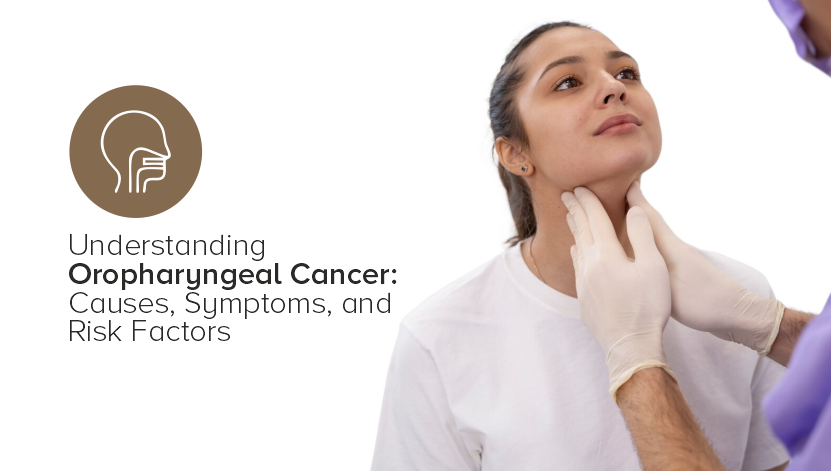Cancer of the oropharynx, a part of the pharynx (throat) located at the back of the mouth including the soft palate, tonsils, and base of the tongue, is a serious health concern that has been steadily increasing in incidence over the past few decades. With a rising number of diagnosed cases, there's no doubt that understanding oropharyngeal cancer, its causes, and its associated risk factors is crucial in both prevention and management.
